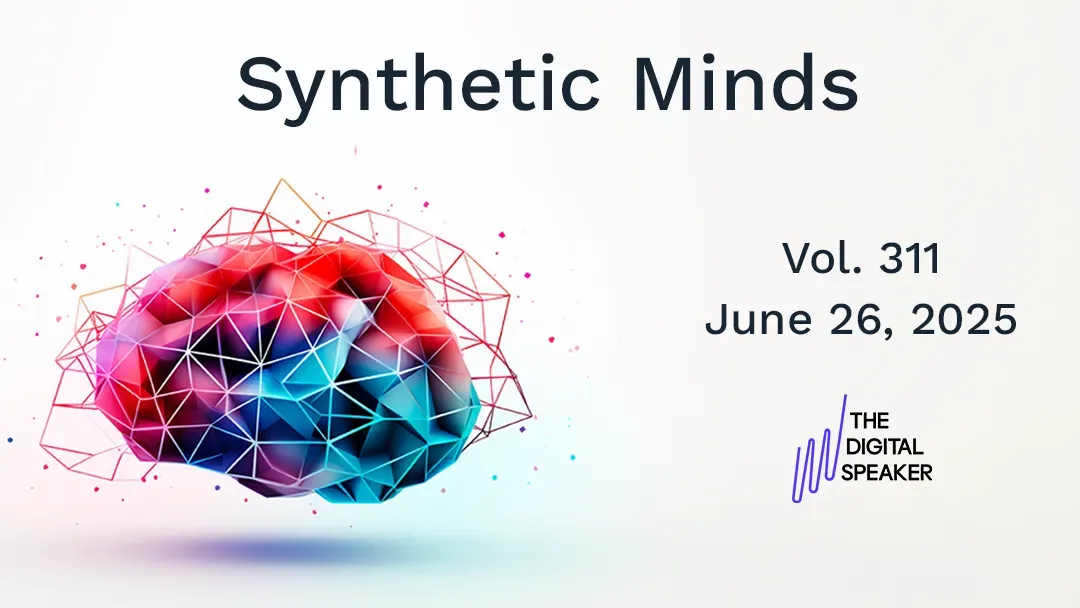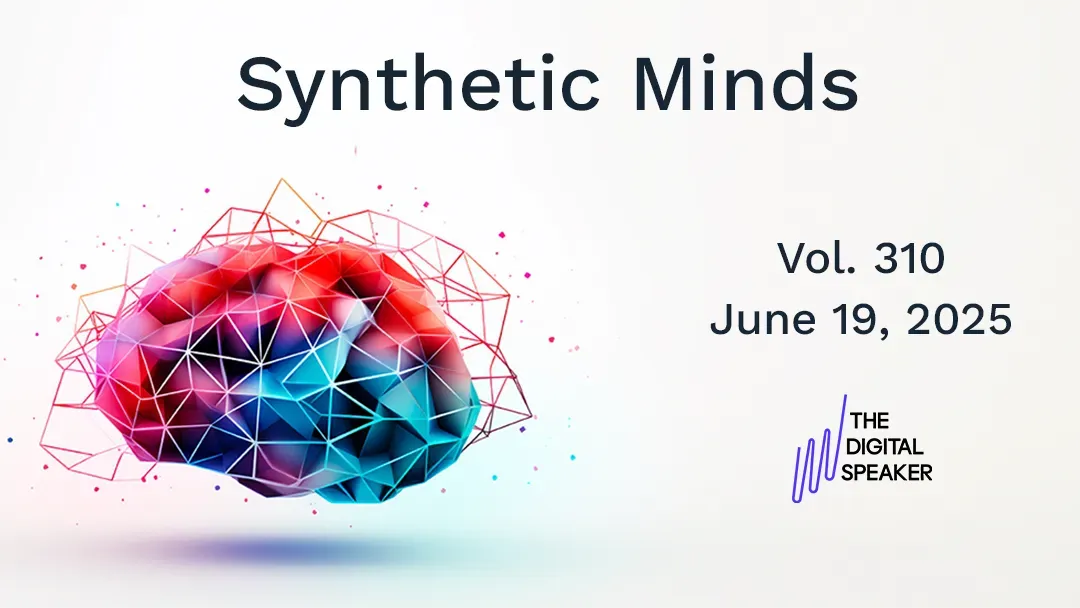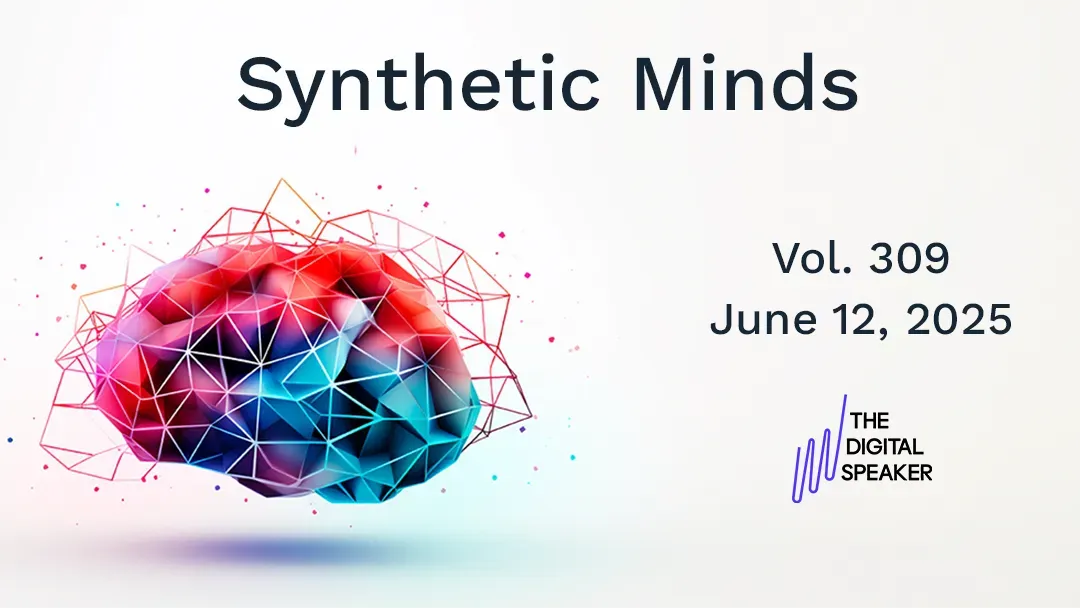Creativity and Technology
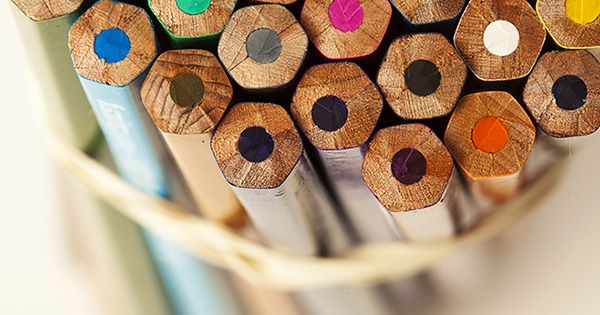
Good Day! This is my weekly newsletter, with a dose of insights into the future. The topic of this newsletter is the exponential times we live in, hence the title of f(x) = e^x, which is the (natural) exponential function.
Recently, I launched my new concept The Digital Speaker and you can now book me as an avatar or hologram. Also, my tech trend prediction for 2021 is out, read it here!
Why We Should Use Blockchain and Artificial Intelligence to Enable the Imagination Age
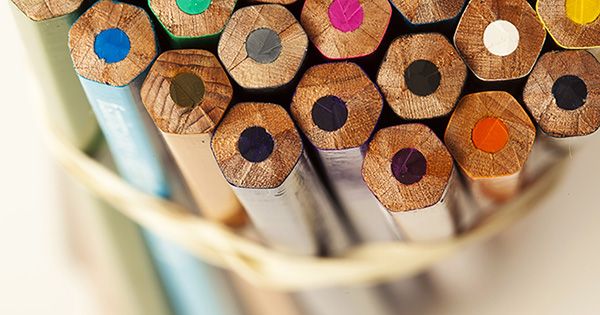
My latest article:
Monopolies such as Google, Facebook, Amazon and WeChat have the power to make or break content and in the process, they confiscate the majority of revenues available for content creators. As a result, content creators, as well as traditional publishers, have difficulty making a living with being creative and that is a problem. Especially, as we are entering the Imagination Age, where creativity and imagination become the primary drivers of economic value. Fortunately, emerging technologies such as blockchain and AI enable us to create a better system, where content creators are in full control and earn a fair reward instantly.
Three Useful Nuggets of Information
My weekly tips from around the web to get you thinking.
1. Spam is back.
If you thought that the days of endless spam messages were over, think again. It is 2017 and spam has clawed itself back from the grave, this time in the form of robocalls, social media bots and cryptocurrency attacks. (The Outline)
2. Prepare yourself for the Adpocalypse.
YouTube deployed a strange new strategy, one that has heavily hit the earnings of popular content creators: demonetising videos that Google thinks violate their ‘advertiser-friendly content policies’. (Cointelegraph)
3. Detecting fake art is difficult. Not for AI.
A new system can detect fake art simply by looking at individual brush or pencil lines and determine who the artist is that painted the picture. Already, it can do so with 80% accuracy and it is likely to improve in the future. (MIT)


